Lux Libertas
The chilling account of a UNC student’s experience of gun violence at one of the nation’s top public universities.
It was supposed to be a regular day for Chris Pickett, and for the 31,000+ other students at the University of North Carolina at Chapel Hill. He hoped that the greatest of his worries would be to decide which pair of shorts to wear, or to discover that he had a quiz he wasn’t prepared for. Chris is one of thousands students for which the university is home, which made the events that took place on that August day all the more unsettling.
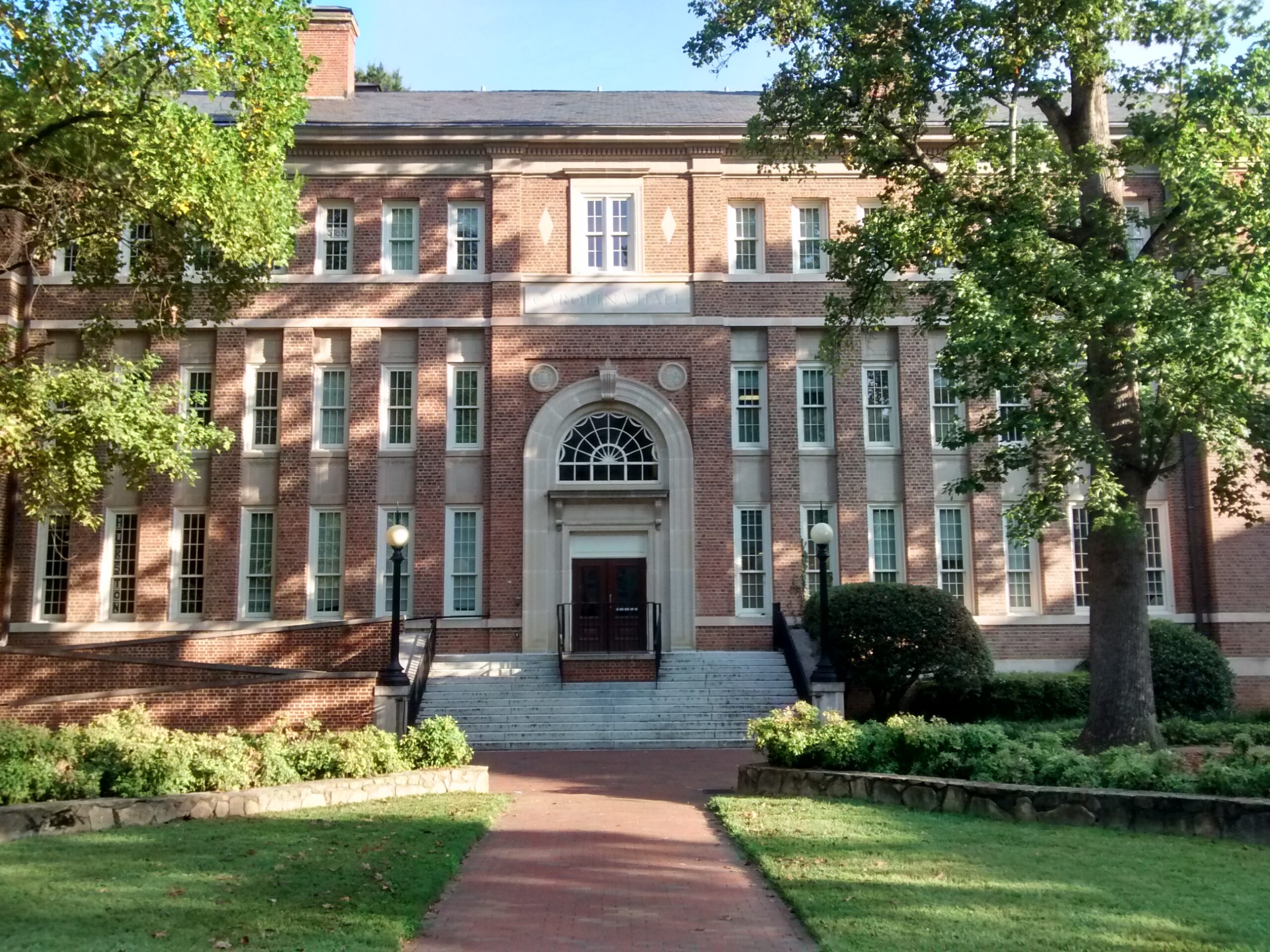
It was 1:02 pm on Monday, August 28th when the campus sirens sounded.
This is the story of the fatal shooting of Dr. Zijie Yan, and the even larger story of gun violence in America.
UNC-Chapel Hill is the nation’s first public university- the alma mater to hundreds of thousands and a haven for college sports fanatics across the east coast. The campus radiates prestige, with its beautiful historical architecture and landmarks. Just a week before August 28th, Chris Pickett began his second year at the university. UNC also welcomed 5,602 first-years, undoubtedly nervous to begin a significant and unfamiliar new journey. Nothing could have prepared any of UNC’s students for what they were going to face the following week.
That August day, the sky was clear. It was around 1:30 in the afternoon, and The Pit was buzzing with chatter. Students recognize The Pit as the heart of campus, an island surrounded by the student union, Lenoir Dining Hall, Davis Library, and the Student Stores. It’s where friends meet, organizations campaign, and hundreds of people cross through in the duration of a day. It’s where Chris stood with his friends following dismissal from a class.
Not long after UNC’s infamous belltower rung out, echoing its melody across the campus, came the startling sound of seven gunshots ripping through the August air and ricocheting against the walls of the science buildings of north campus. A stray bullet crashed through a window of Caudill Laboratory, signaling the reality of the devastating truth that would be felt all across Chapel Hill and in families all over the country and all over the world.
For Chris, however, it was still a regular Monday. While just on the other side of north campus from the gunfire, it hadn’t yet registered for him that in mere moments, he would be running for his life. Even as the campus emergency sirens cried out from Franklin Street to Manning Drive, his feet remained planted on the brick earth of The Pit. It wasn’t until he saw everyone around him break out into a sprint for the nearest shelter that he realized his life could be on the line.
“Armed, dangerous person on or near campus. Go inside now; avoid windows.”
So he ran. Chris grabbed his friends by the hands and rushed with the crowd into Lenoir Dining Hall. Most people left their valuables behind in the world outside, but turning back for any possesion was not an option. Directionless and oblivious to what was going on, he followed a group of people down a set of stairs into a sterile hallway lined with doors leading into windowless rooms. The mob flooded into the first conference room on the left, and were quick to barricade its three doors behind a mountain of office desks and chairs. They gathered around the lifeless murmur of the police scanner, which fed them frantic and incomplete narratives about what was taking place.
And that’s where they stayed. They endured the several hours of campus lockdown underneath the dining hall, void of light and isolated from any sense of comfort that a window might provide. Concealed in their silence and fear. All they had was each other, the police scanner, and the terrifying rumors that circulated in and out of group chats. Stories of hostages and multiple victims reached them via text, compounding the anxiety that already flooded the room. Any alert that came from the university was vague. News reports were uninformed. They had no choice but to settle into uncertainty and wait for the truth.
“[Bullying] in America seems to be a problem.”
The gunman left unsettling and cryptic Twitter posts about bullying before carrying out this premeditated revenge.
He was a professor of applied physical sciences. He was a passionate father. He was a gentle and kind person. And he was the victim of a senseless crime revolving around a graduate student’s inability to form friendships with his peers.
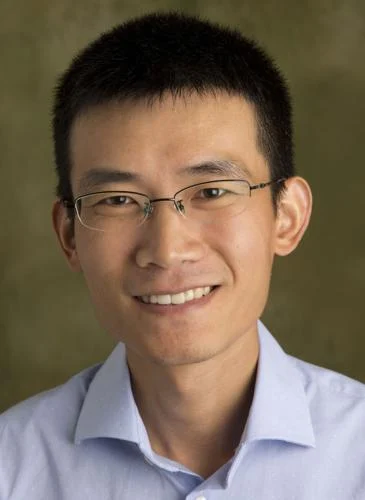
Monday, August 28th was supposed to be a regular day for Zijie Yan as well. He showed up to work, bringing with him his passion for science and education as always. At 1:02 pm, he stood in Caudill Laboratories, working to further his research with nanomaterials and light.
He didn’t expect an encounter with a former graduate student, and he most certainly didn’t expect it to be fatal.
That afternoon, doctoral student Tailei Qi traded in a lifetime of success in scientific research for a life sentence in prison. Cryptic messages from his Twitter feed suggested that he was experiencing bullying and sought to put an end to it. Otherwise, a motive is unclear. It was later determined that Qi was unfit to stand trial due to mental illness, for which Qi actually had consulted Yan in the past. Qi will serve a minimum of a life sentence in prison.
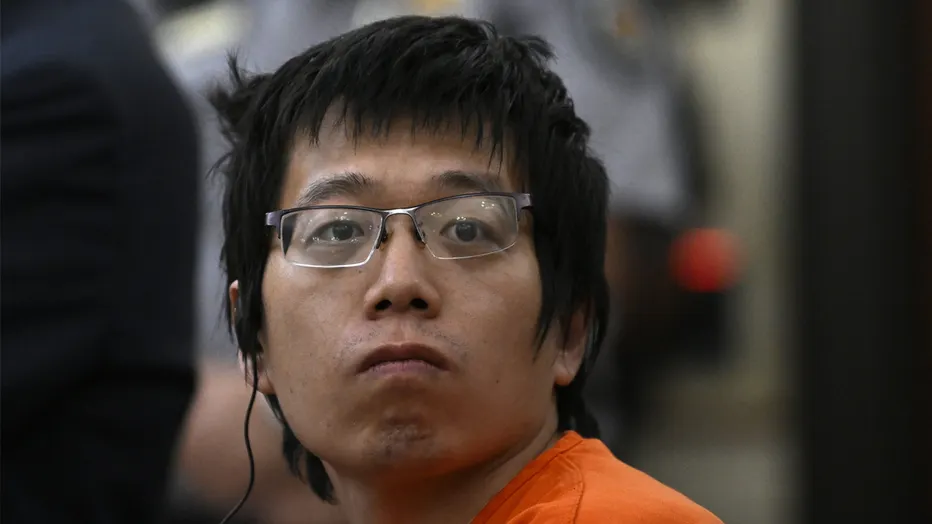

“It affects the way we can focus in class, the way we can do our work, the way we can feel safe when we when we’re supposed to feel safe…”
Photo: News Observer
Beyond the UNC-Chapel Hill campus, all of the public schools in the county went into lockdown during the hours the suspect was at large. For elementary, middle, and high school students, August 28th was the first day of school. Sheltering in place from a gunman was the first experience that Kindergartners had of school.
The university community gathered to honor the life of Zijie Yan and to stand in solidarity with the fact that they had all become part of the hundreds of thousands of US students since 1999 that have experienced gun violence at school. Many UNC students experienced spikes in anxiety and even frustration that this narrative has become cyclical. Students, parents, families, and educators can mostly agree that America needs more restrictive gun laws. Otherwise, we enable and welcome incidents like this one, or far deadlier. “You should want other people to be happy and not traumatized more than you should want to be able to have a pistol in your pocket,” says Chris, and the thousands of students that have become part of this cycle share the sentiment.
The Numbers

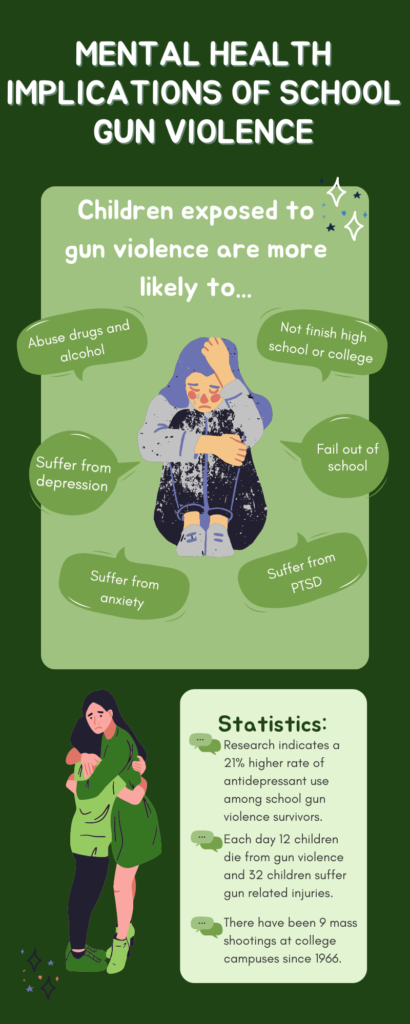
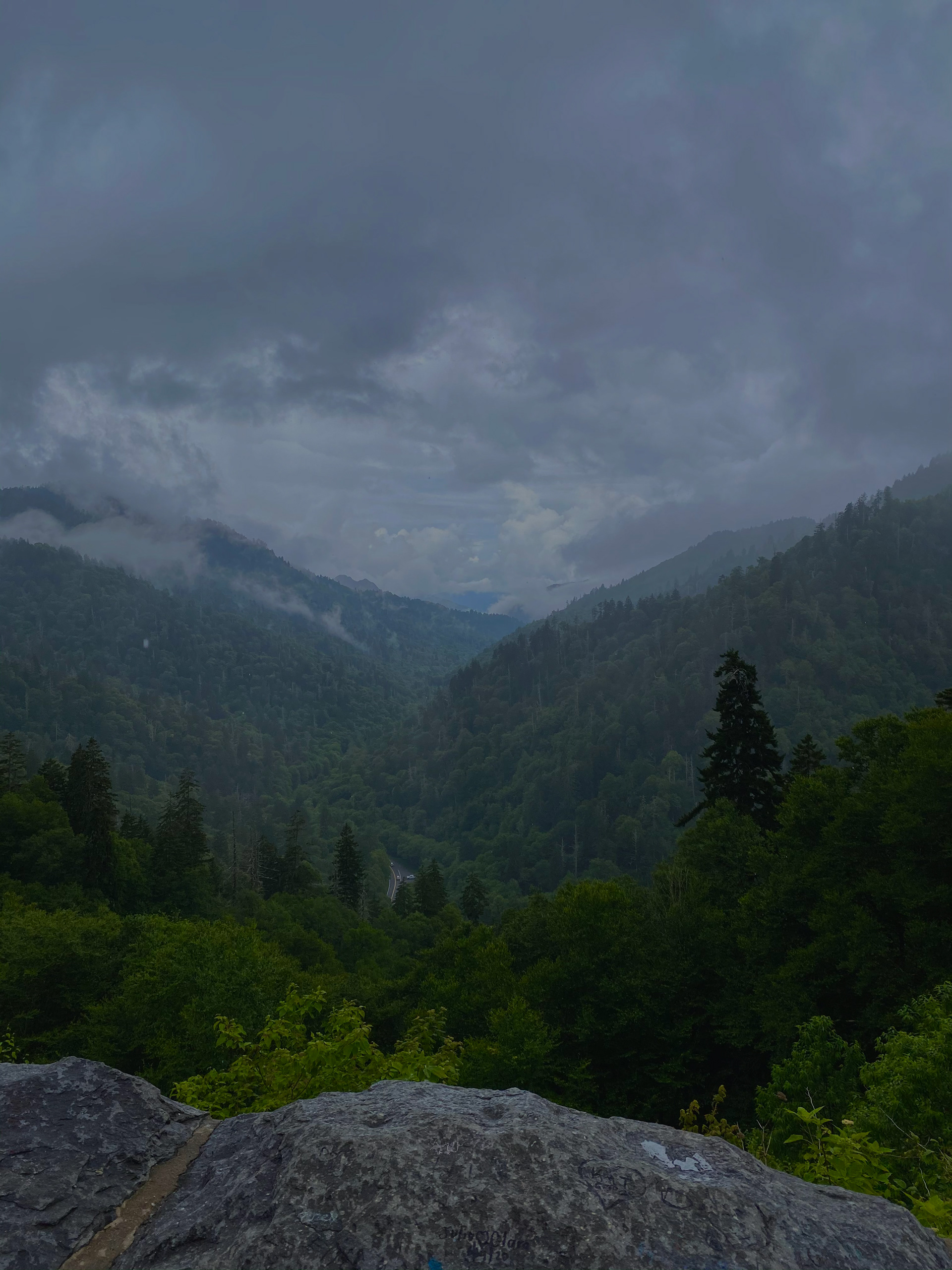
Sources
https://www.pbs.org/newshour/nation/what-data-analysis-shows-about-campus-shootings
https://www.sandyhookpromise.org/blog/gun-violence/facts-about-gun-violence-and-school-shootings/
https://everytownresearch.org/maps/gunfire-on-school-grounds/
https://www.washingtonpost.com/education/interactive/school-shootings-database/
https://usafacts.org/articles/the-latest-government-data-on-school-shootings/
